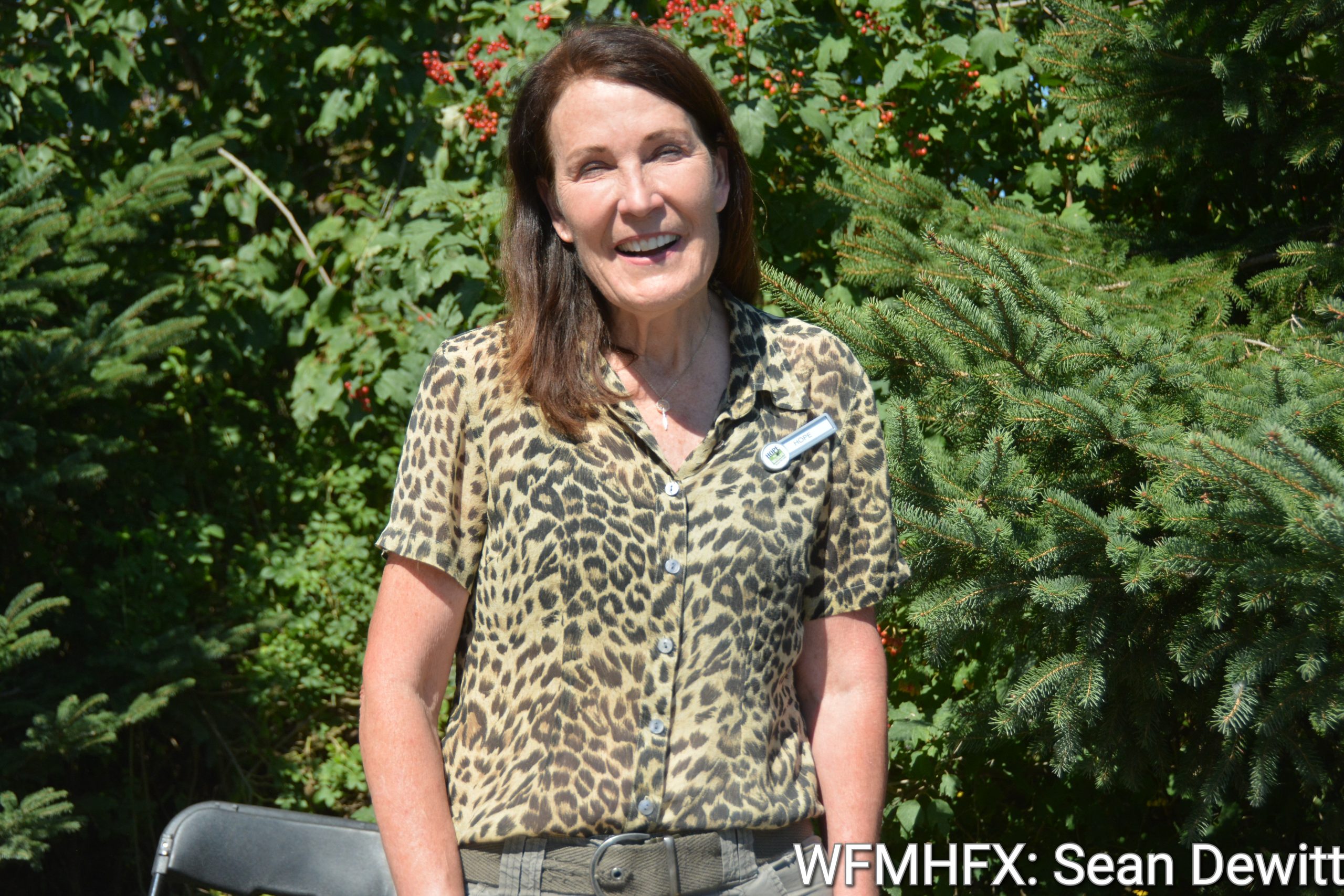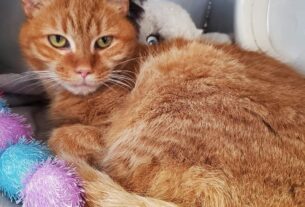**** Via Hope for Wildlife
Renowned Canadian Wildlife Rehabilitator Hope Swinimer Returns to TV Screens with Hope for Wildlife: The Next Generation, Premiering March 4 During Cottage Life’s Nationwide Free Preview Event
The highly-anticipated new season spotlights urgent wildlife threats, including the climate crisis, population growth and disease outbreaks
Hope for Wildlife: The Next Generation premieres March 4 at 8 p.m. ET/PT on Cottage Life during the channel’s free preview event.
Celebrated Canadian wildlife rehabilitator, Hope Swinimer, returns to Cottage Life with Hope for Wildlife: The Next Generation, an all-new season of the long-running hit original series Hope for Wildlife. Premiering Tuesday, March 4 at 8 p.m. ET/PT as part of Cottage Life’s nationwide free preview event, Hope for Wildlife: The Next Generation gives Canadian audiences exclusive access into Swinimer’s world-class wildlife rehabilitation center in Nova Scotia. With wildlife facing increasing threats, the all-new season shines a spotlight on urgent issues, including habitat loss due to human encroachment, the climate crisis, rising wildfires and flash floods, as well as wildlife diseases and outbreaks.
“After 30 years of rescuing, rehabilitating and releasing more than 50,000 animals, I am thrilled to continue sharing our story with the world,” says Hope Swinimer, founder of Hope for Wildlife. “The struggles we face have never been more real, and our successes never more important. The Hope for Wildlife TV series has become such a key part of our operation, it’s hard to imagine things without it. We’re ready and excited to kick off a new season.”
Since its opening in 1997, Swinimer’s Hope for Wildlife center has become widely recognized as one of Canada’s leading wildlife rescue facilities. Now, as she marks 30 years in the field, Swinimer is training a new generation of young rehabbers to follow in her footsteps. The new season showcases some of the most unusual and challenging cases the rehab team has ever encountered—from rescuing a snapping turtle trapped in a city water reservoir, to treating a groundhog with PTSD who refuses to eat, and a healthy bald eagle that simply won’t fly. Each episode of Hope for Wildlife: The Next Generation takes audiences on an emotional and inspiring journey, featuring dramatic rescues, miraculous recoveries, and heartwarming releases back into the wild.
Swinimer’s medical team at Hope for Wildlife is top-notch, consisting of experienced staff and a group of new interns—some of whom were inspired to join her team after watching the TV series on Cottage Life. The facility has also welcomed a new nutritionist and expanded its facilities, including newly constructed outdoor raccoon enclosures designed to safely house even more young kits while reducing the risk of disease.
Following its broadcast premiere, Hope for Wildlife: The Next Generation will also be available on Cottage Life’s Apple TV channel beginning March 5, with new episodes rolling out weekly.
On March 21 and 22, fans in the Greater Toronto Area can meet Hope Swinimer at the Spring Cottage Life Show in Mississauga, where she will share insights into her wildlife work during a Main Stage presentation. Hope will also appear at the Ottawa Cottage Life & Backyard Show on April 12 at the EY Centre in Ottawa, where she will present the same discussion. Both events offer fans the opportunity to meet Hope and learn more about her wildlife expertise.
Hope for Wildlife: The Next Generation is produced by Arcadia Entertainment. John Wesley Chisholm serves as Executive Producer with Johanna Eliot as Producer. Sean McShane is Director and Writer, with Andrew Killawee also serving as Director. Overseeing the series for Cottage Life is Sam Linton, VP, Production and Development, Global Media, Blue Ant Media. Blue Ant Studios handles pre-sales and licensing opportunities worldwide.
-30-
Notes to Editor: Interviews with Hope Swinimer are available upon request. Please contact Jakki Roussel and Melissa Michaels to coordinate.
For more information on the Spring Cottage Life Show and the Ottawa Cottage Life & Backyard Show, and to purchase tickets, visit cottagelife.com/shows.
Hope’s Wildlife Fun Facts:
The East Coast has seen a surge in great white shark activity. Nearly 40 great whites have been tagged in Nova Scotia’s waters over the past five years. These apex predators now pose a growing threat to grey seals.
Baby porcupines have an adorable name—porcupets! These little ones are born with soft quills that harden shortly after birth.
Wildlife-vehicle collisions are the #1 reason injured and orphaned animals arrive at Hope for Wildlife. It’s a global issue—an estimated 5.5 million animals are killed on roads every single day.
Baby geese, or goslings, are incredibly impressionable. They’ll instinctively follow anything that moves, believing it’s their mother—even humans, dogs, or even remote-controlled cars.
For many hummingbirds, their migration journey spans over 2,000 miles between their summer and winter homes.
Raccoons rely on fat stored in their tails to sustain them until their next meal.
Unlike bears, raccoons do not hibernate.
Skunks can emit musk at eight days old and can spray at about a month old.
Birds rely on their tails for balance, maneuverability, and flight control like breaking.
Barred owls, like all our native wintering birds, are well-equipped to survive the cold winter. They will fluff their feathers up to trap and hold their body heat against them, just like wearing a down jacket.




